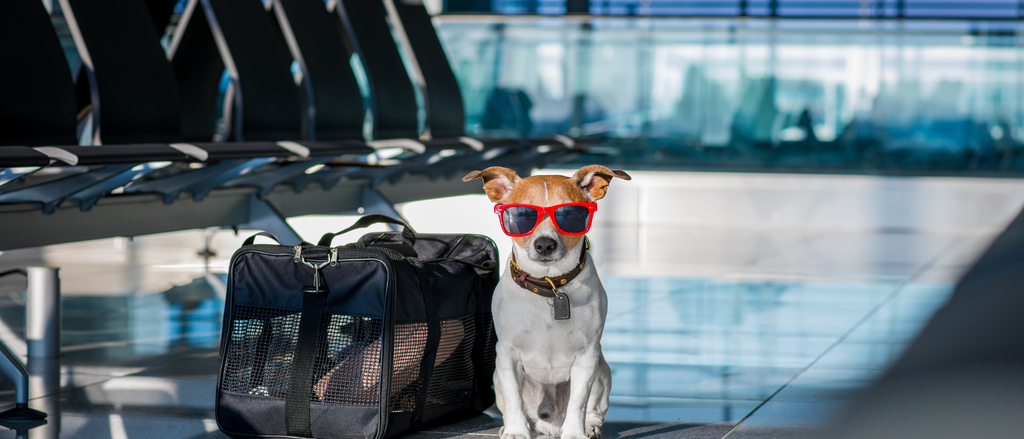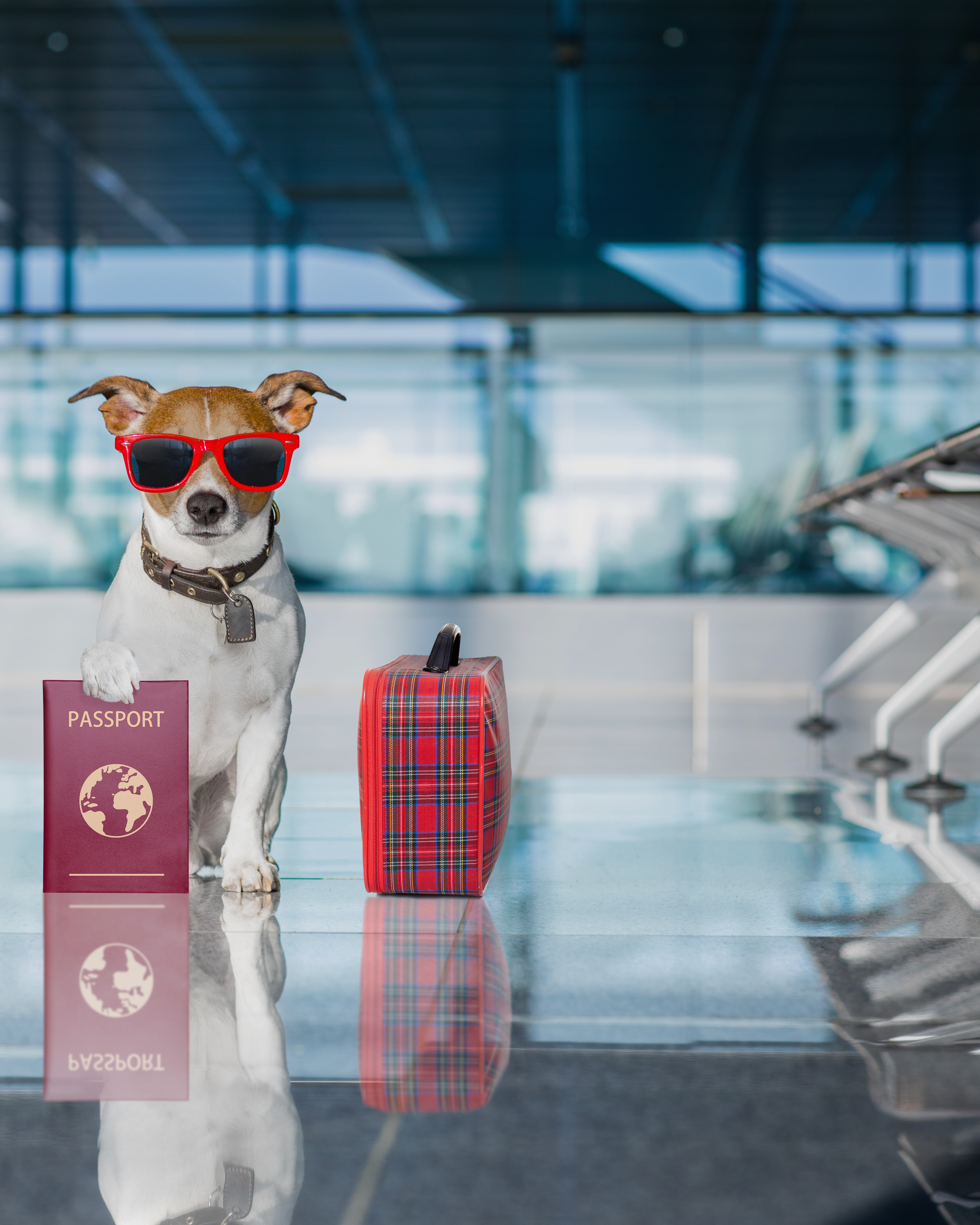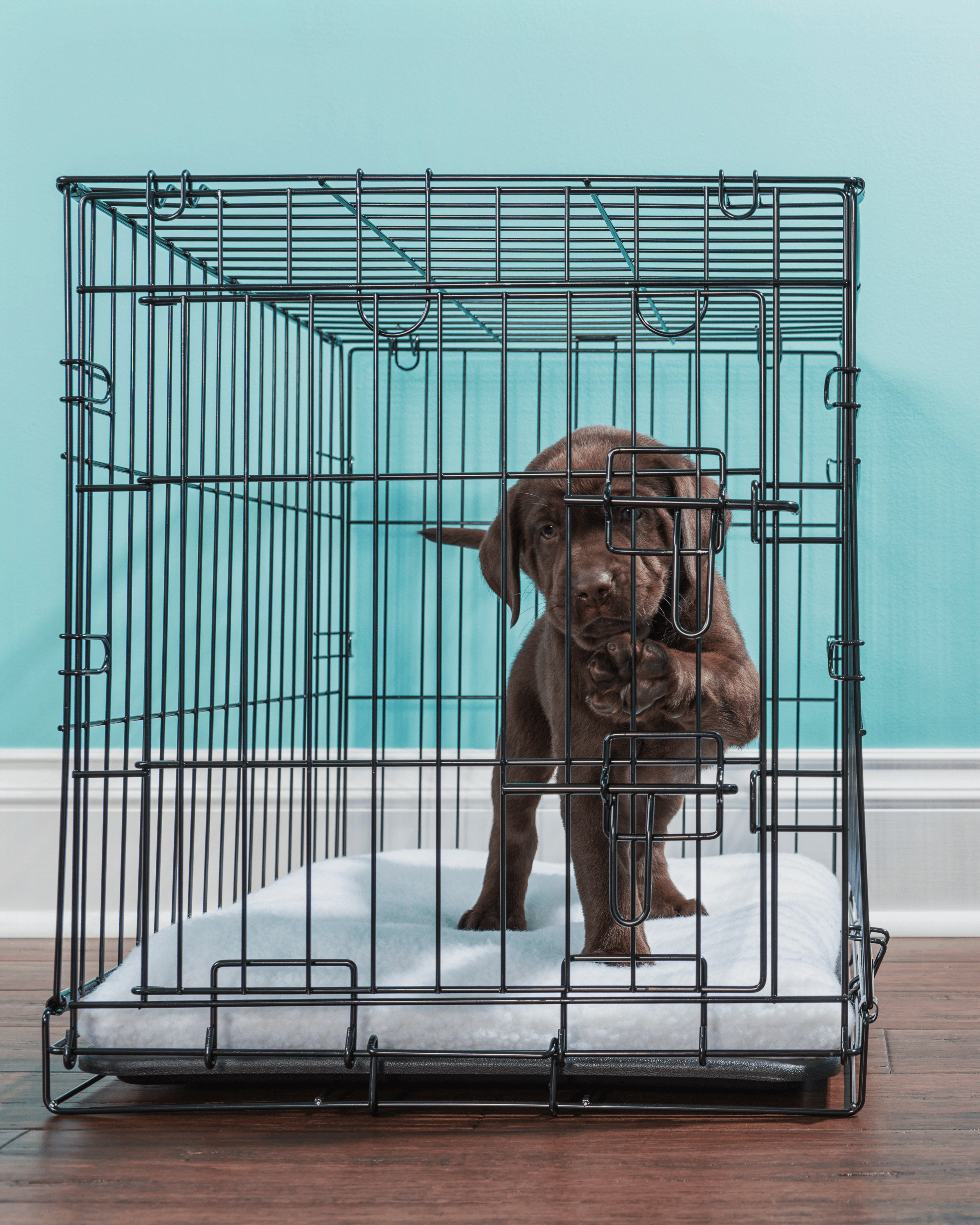
How to travel with a pet!
Wednesday, February 5, 2025
Travelling with pets on plane
According to the global animal health association, the number of people owning pets, such as cats and dogs, has been rising globally. This increase in pet ownership was driven by demographic changes and rising income levels throughout the decade. Nowadays, pets have become more than just pets for the pet owners. People consider them as part of their family members, which led to an increase in the number of people travelling with their pets, especially by plane.
If you are a pet owner and you are planning on flying with your pet anytime soon, reading this blog will help you to have the most successful trip with your pet by providing information on preparations and precautions you need beforehand!
Which documents do you need to take your pet on the plane?
- Pet passport
- Up-to-date health certificate issued by the vet
- Vaccination certificate: proves your pet doesn’t have rabies
- Pet travel insurance: covers the cost of any medical care needed for your pet during the trip. It is not mandatory, but it might be a good option if your pet has high anxiety or other health issues.
How much is a pet passport and how do I get a pet passport?

A pet passport is only needed if you are travelling with a dog, a cat, or a ferret. Different types of pet passports are used for different destinations. For instance, travel within the EU requires a European union pet passport. They usually cost around 50 to 100 euros, and it can be acquired at a nearby vet!
Is there a weight limit for pets in a plane?
In general, small pets up to 5kg can travel in the cabin next to the passenger. In some airlines, this regulation may go up to 8kg. If the pet weighs more than the regulation, it will have to travel in the cargo area separated from the owner. Be mindful that there may be slightly different regulations for pets both in cabin and in cargo area regarding the weight of the pet or the suitable kennel size per airline. So you should thoroughly check the regulations from the specific airline you will be travelling with beforehand!
How will pets eat and use toilets on the plane?
It is recommended to feed your pet a small meal a few hours prior to the flight. Because it’s important for the pet to stay hydrated during the flight, you should attach a large crate bowl inside the kennel as well. For long hour flights, plastic bags including the pet’s food should also be attached on top of the kennel. Just in case the pet needs to use the toilet, make sure to place an absorbent mat or puppy potty pads in the kennel.
Is it safe for pets to travel as cargo?
Lots of pet owners tend to want to take their pets with them in the cabin, as they are worried about the safety of their pet being in a luggage area with no assistance. Even though the method may seem inhumane as you can not explain to your pet why they have to be put inside a dark kennel away from you for the next several hours, do not worry! There are a number of measurements taken in the cargo area of the plane to ensure the safety of your pet and his journey. Firstly, the cargo area is climate-controlled so that it’s not too warm or too cold for your pet. It is important to maintain the optimum temperature for the pet to prevent hypo- and hyperthermia. Certain airlines such as Delta Cargo, American Airlines restrict pets flying in cargo areas during extreme weather as well. Also, the cargo area is pressurised meaning it has the same air pressure as the passenger cabin. This prevents cargo from expanding or contracting. Moreover, the pet kennels in the cargo area are securely balanced and fastened with nets and straps, which ensures the kennel stays at its place during turbulence. It’s similar to how we stay in our place during turbulence with seatbelts on.
How can I prepare my pet for a flight in the cargo area?

Even with the optimum environment provided, it is possible for the pet to undergo a lot of stress. This is because the cargo area is an unfamiliar area for pets that tends to be loud, dark, and crowded. To prevent pets from having stressful flights, it is best advised to chat with a veterinarian regarding your travel plan and your pet’s health. It is also helpful to help your pet practise being inside the dark kennel for a long time. The aim is to create the most similar environment as the actual cargo area for your pet to get used to from days before the flight. You can simply put a blanket over the kennel and search loud plane noises on the internet to play beside the kennel to create a dark and loud environment. Everyday, you can start with your pet being inside that specialised kennel for 10 minutes, 20 minutes, 30 minutes, 1 hour… and so on! The more hours the pet is used to being in the kennel that imitates the cargo area, the less stress they will receive on the actual plane.
Is there a difference if I travel with a dog or a cat?
No, the regulation does not differ between dogs and cats but the size and weight of the animal.
Which breeds of dogs are not allowed on flights?
Unfortunately, not every breed of pet may be able to travel with you on a plane. Some airlines prohibit larger size dogs and dogs with certain breeds, such as Doberman, Alaskan Malamute, Bernese Mountain Dog, and Bullmastiff from travelling in the cabin. It’s an exception if the dog is a trained service dog. On the other hand, cats and dogs with branchycephalic breeds that have snubbed noses, such as Persian and French bulldogs, are usually prohibited from flying in the cargo area because of potential respiratory issues.
What do I do if my flight is delayed or cancelled?
Was your flight with your pet delayed by at least 3 hours or cancelled within 14 days before the departure date? We are sorry to hear that. However, you may be able to claim compensation up to €600, according to the EU261 regulations! Check if your flight is eligible through our Claim Calculator and make a claim!
Summary:
- Prepare a pet passport from the local vet (also pet travel insurance if needed!)
- Let your pet get used to being in the kennel for several hours.
- Most importantly, check the regulations regarding pets for the specific airline you are flying with!
We hope you find this information useful and you and your pet have a safe and amazing trip!
Want to keep up with more interesting tips and travel hacks? Read the rest of our blogs!



Did you like this content ?
Thanks you made our day!
Therapy is expensive - help us be better!
Well received, thanks!